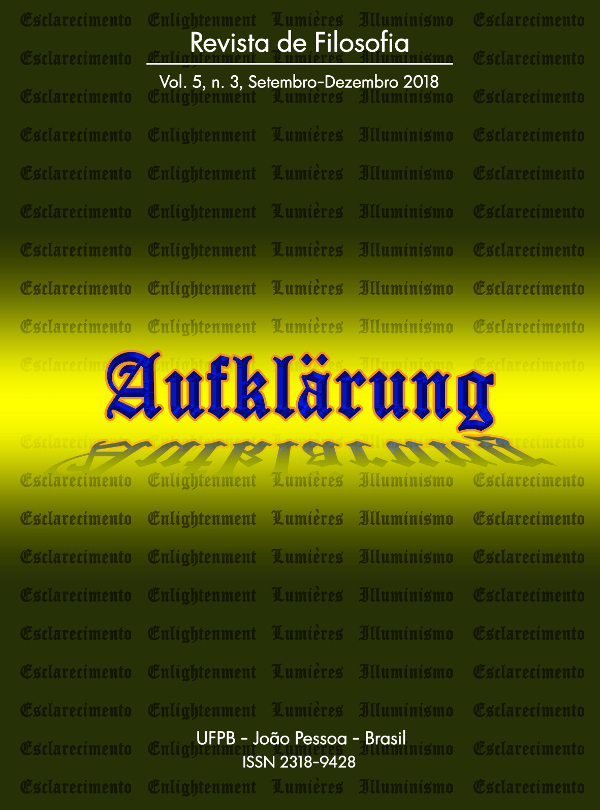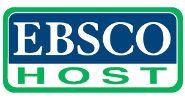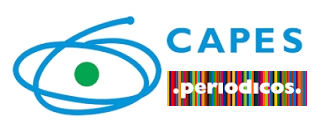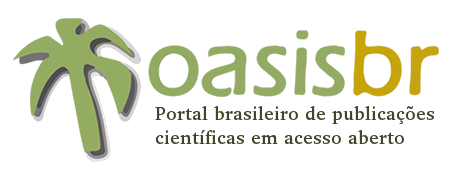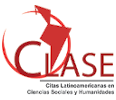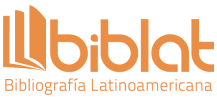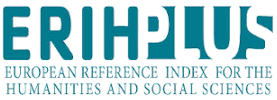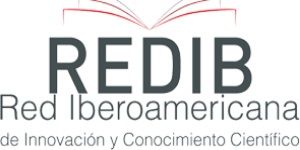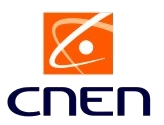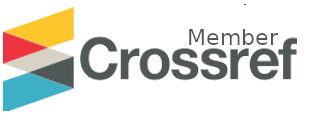O internalismo semântico de Chomsky e suas críticas à semântica extensional
DOI:
https://doi.org/10.18012/arf.2016.40774Keywords:
Internalismo semântico, pragmática, Filosofia da Linguagem, Filosofia da Linguística.Abstract
Neste artigo proponho uma discussão sobre as críticas de Noam Chomsky à semântica extensional e como o internalismo chomskiano está estreitamente relacionado ao programa de investigação gerativista. O argumento central aqui apresentado é que o que faz essa interpretação extremamente coerente é a distinção de Chomsky entre uma semântica internalista e pragmática.
Downloads
References
BORG, E., Minimal Semantics. Oxford: Oxford UP, 2004.
BOECKX, C., Linguistic Minimalism. Oxford: Oxford UP, 2006.
CHOMSKY, N., Aspects of the Theory of Syntax._Cambridge: M.I.T, 1965.
________. Essays on Form and Interpretation. New York: North Holland, 1977.
________. Lectures on Government and Binding. Dordrecht, Holland: Foris Publications, 1981.
________. Knowledge of Language. New York: Praege, 1986.
________. O Conhecimento da Língua: Sua Natureza, Origem e Uso. Lisboa, Editora Caminho, 1994.
________. Language and Nature. Mind 104:1-61, 1995.
________. New Horizons in the Study of Language and Mind. Cambridge: Cambridge University Press, 2000.
________. Three Factors in Language Design. In: Linguistic Inquiry. Volume 36, Issue: 1, 1-22, 2005.
________. The Science of Language: Interviews with James McGilvray. Cambridge: Cambridge UP, 2012.
COOK, V., Chomsky’s Universal Grammar. An Introduction. Malden, MA: Blackwell Publishers, 2007.
COLLINS, John. The Unity of Linguistic Meaning. Oxford: Oxford UP, 2011.
D'AGOSTINO, F., Chomsky's system of ideas. Oxford: Clarendon Press, 1986.
HEIM, I. & KRATZER, A., Semantics in Generative Grammar. Cambridge: Blackwell Publishers, 1998.
LAKATOS, I., The Methodology of Scientific Reseach Programmes Cambridge: Cambridge UP, 1978.
LARSON, R. Semantics, in: L. Gleitman, (ed.), Invitation to Cognitive Science, Vol. 1. Language. Cambridge: MIT Press, 361-380, 1995.
LARSON, R. & SEGAL, G., Knowledge of Meaning: an Introduction to Semantic Theory. Cambridge: MIT Press, 1995.
LEWIS, D., General Semantics, In: Semantics of Natural Language. D. Davidson & G. Harman (eds.), D. Reidel, .169-218., 1972.
LUDLOW, P., Referential Semantics for I-languages?, In: L. Antony, & N. Hornstein (eds.), Chomsky and his Critics. Malden, MA: Blackwell Pub., 140-161, 2003.
________. The Philosophy of Generative Linguistics. Oxford: Oxford UP._
OTT, D. (2017), Strong Generative Capacity and the Empirical Base of Linguistic Theory. In: Frontiers of Psychology, _8: 1617, 2011.
PIETROSKI, P. M., Function and Concatenation, In: G. PREYER, & G. PETER (eds.), Logical Form and Language. Oxford: Clarendon Press, 91-131, 2002._
________. Semantics and Metaphysics of Events, In: K. LUDWIG. (ed.). Contemporary Philosophy in Focus: on Davidson. Cambridge University Press, 137-162, 2003a.
________. The Character of Natural Language Semantics. in: A. BARBER (ed.), Epistemology of Language. Oxford: O.U. P., 217-256, 2003b.
________. Events and Semantic Architecture. Oxford: O.U. P., 2005a.
________. Meaning Before Truth, In: G. PREYER & G. PETERS (eds.), Contextualism in Philosophy. Oxford: O.U. P, 253-300, 2005b.
________. Meaning Before Truth Conditions (Handout) Avaliable in: http://www.terpconnect.umd.edu/~pietro/research/papers/Arizona1.pdf, 2005c.
________. Character Before Content. In: J. THOMSON & A. BYRNE. (eds.), Content and Modality: Themes from the Philosophy of Robert Stalnaker. Oxford: O.U.P., 34-60, 2006a.
________. Interpreting Concatenation and Concatenates. In: Philosophical Issues, v. 16, 221-45, 2006b.
________. Systematicity via Monadicity. In: Croatian Journal of Philosophy, v. 7, 343-374, 2007.
________. Minimalist Meaning, Internalist Interpretation. In: Biolinguistics, v. 4, 317-341, 2008.
________. Concepts, Meanings, and Truth: First Nature, Second Nature and Hard Work_. In: Mind and Language, v._ 25, 247-78, 2010a.
________. Describing I-junctions (Not published) Avaliable at: http://terpconnect.umd.edu/~pietro/research/papers/ijunctions.pdf. 2010b.
________. Minimal Semantic Instructions, In: C. BOECKX (ed.). The Oxford Handbook on Linguistic Minimalism. Oxford: O.U.P., 472-498, 2011.
________. Semantic Monadicity with Conceptual Polyadicity. In: The Oxford Handbook of Compositionality (M. Werning, W. Hinzen, and E. Machery, eds.), p. 129-48, Oxford University Press, 2012.
________. Framing Event Variables. In: Erkenntnis 80:31-60, 2015.
________. “Semantic Internalism”. In: The Cambridge Companion to Chomsky (J. McGilvray, ed.), 196-216, Cambridge University Press, 2017.
PIETROSKI, P. M. & HORNSTEIN, N. Does every Sentence like this Contain a Scope Ambiguity?, In: W. HINZEN, & H. ROTT. (eds.), Belief in Meaning: Essays at the Interface, Hansel-Hohenhausen, 43-72.
________. Basic Operations: Minimal Syntax-Semantics. In: Catalan Journal of Linguistics n._8, 113-139, 2009.
PUTNAM, H. (1973), Meaning and Reference. In: Journal of Philosophy 70, 699-711, 1973.
RUWET, Nicolas. Introdução à Gramática Gerativa. São Paulo: Editora Perspectiva, 2001.
STAINTON, R. J., Meaning and Reference: Some Chomskian Themes, In: E.LEPORE & B.C.
SMITH (eds.), The Oxford Handbook of Philosophy of Language. Oxford: OUP., 913-940, 2006.
TAYLOR, C., Philosophical Papers. Human Agency and Language. Cambridge University Press, 1985.
Additional Files
Published
How to Cite
Issue
Section
License
Journal general policy
1.This journal works under a Creative Commons License aplied to online journals. That icence can be read in the following link: Creative Commons Attribution 4.0 International (CC BY 4.0).
2.Accordingly to this License, a)the journal declares that authors hold the copyright of their articles without restrictions, and they can archieve them as post-print elsewhere. b)the journal allow the author(s) to retain publishing rights without restrictions.
Metadata Policy for information describing items in the repository
1. Anyone may access the metadata free of charge at anytime.
2.The metadata may be re-used in any medium without prior permission, even commercial purposes provided the OAI Identifier or a link to the original metadata record are given, under the terms of a CC BY license refered for the Journal.

